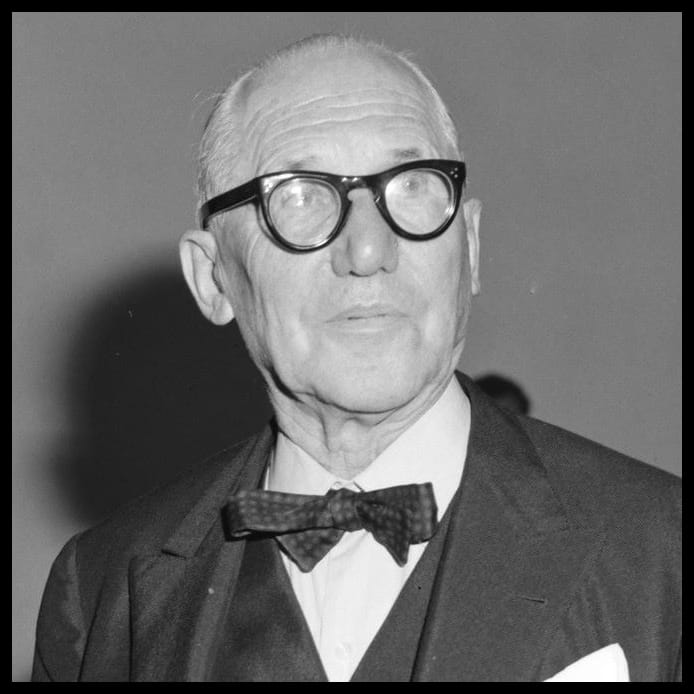Charles-Édouard Jeanneret, also known as Le Corbusier (French: [l kbyzje]), was a Swiss-French builder, designer, painter, urban planner, and writer. He was born on October 6, 1887, and died on August 27, 1965. He was one of the first people to create what we now call modern architecture. He was born in Switzerland, but in 1930 he became a citizen of France. During his 50-year career, he built buildings in Europe, Japan, India, and North and South America.
Le Corbusier had a big impact on urban planning and was one of the people who started the Congrès International d'Architecture Moderne (CIAM). He wanted to make life better for people living in crowded cities. Le Corbusier created the master plan for the Indian city of Chandigarh and designed several buildings there.
The Architectural Work of Le Corbusier: An Outstanding Contribution to the Modern Movement was added to the list of UNESCO World Heritage Sites on July 17, 2016. This included seventeen projects by Le Corbusier in seven different countries.
Charles-Édouard Jeanneret was born on October 6, 1887, in La Chaux-de-Fonds, a small city in the French-speaking Neuchatel canton in northwestern Switzerland, in the Jura mountains, just 5 kilometers (3.1 miles) from the French border. It was an industrial town whose main business was making watches. (In 1920, he made up the name Le Corbusier.) His father was an artist who made boxes and watches out of enamel, and his mother taught piano. Albert, a year older than him, played the violin for fun. [3] He went to a school where Frobelian methods were used.




